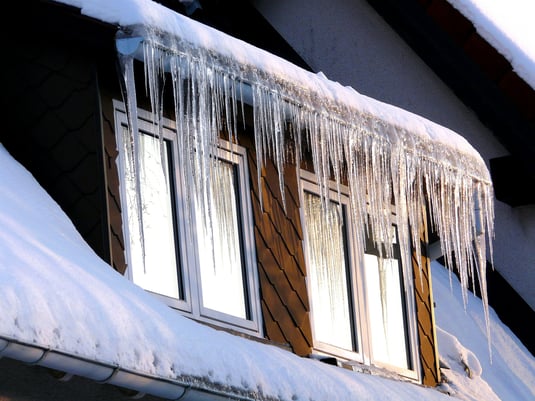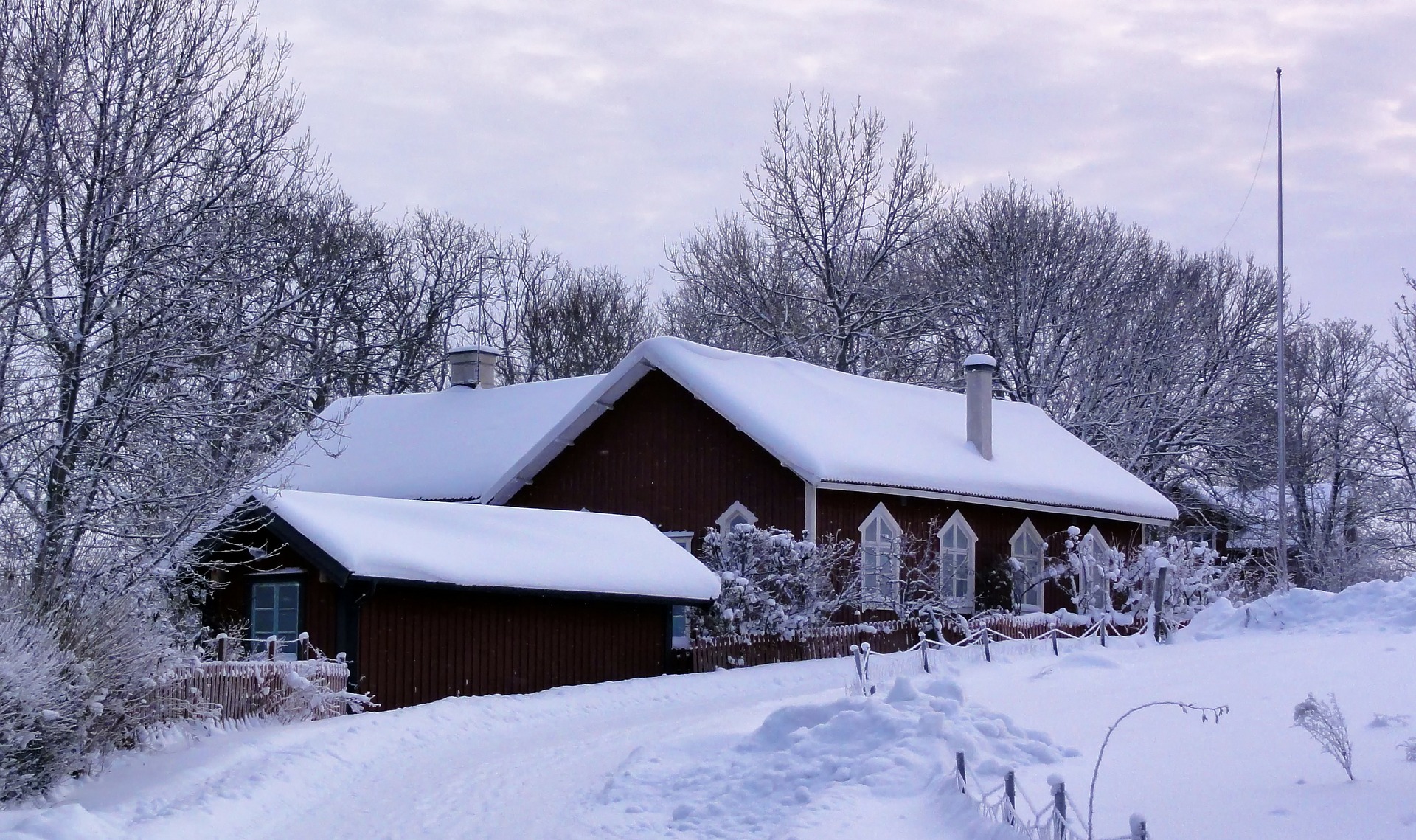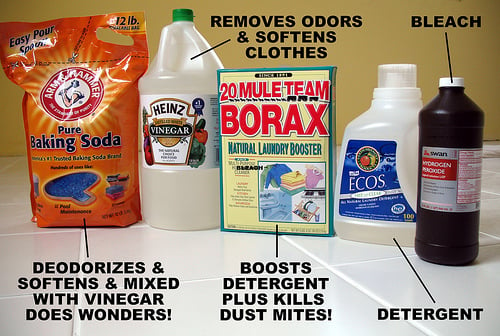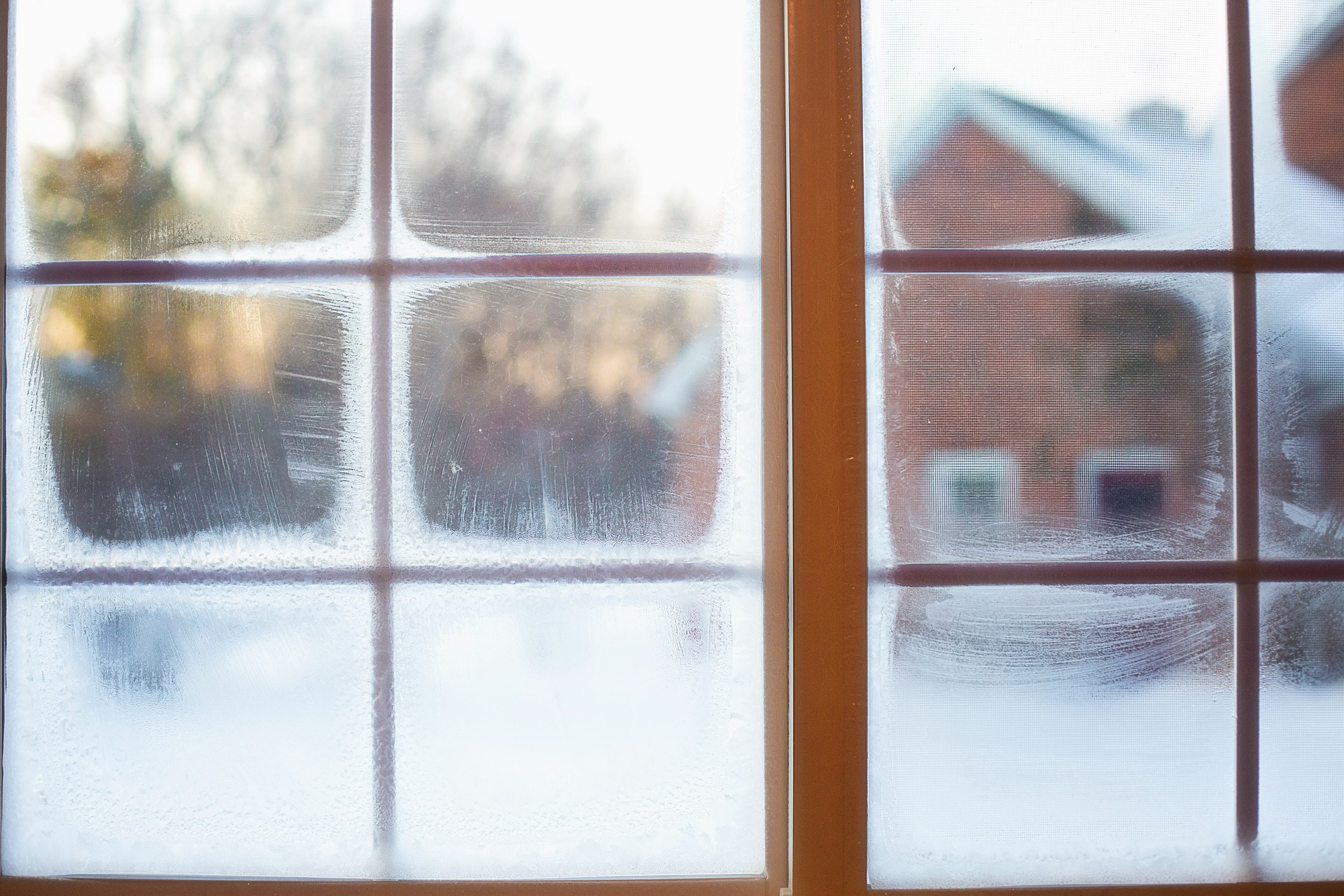Winterizing your home is important for a variety of reasons. It allows you to conserve heat and therefore energy, it helps you protect the various systems and features of your home, and it makes the winter season more comfortable.
But, while there are several relatively simple DIY steps you can take to winterize, it is important to make sure what you do is effective. Some confusion around winterizing is common – confusion you want to avoid in your DIY projects.
5 Winterization Myths You Should Be Aware Of

1. Having lots of icicles hanging from the roof is normal.
The occasional icicle hanging off your roof is fine, but if you have a lot of icicles, you may be losing excessive heat from your roof. Proper insulation should be keeping the heat inside your home, not letting it seep out the top of the house. The snow on your roof should not melt until the snow everywhere else is melting due to increased temperatures.
If you do have a lot of icicles, it may be time to install some extra insulation in the attic to keep all that heat inside.
2. Insulating the walls in your home is difficult.
Yes, pulling off the drywall to stuff in traditional sheet insulation would be quite difficult – but there are insulation options available now that do not require so much work. Spray insulation can be installed in just about any cavity in the home, including the empty spaces in your walls.
3. Adding window films will help prevent a lot of heat loss.
Window films are great products that can increase your energy efficiency by helping to seal up air leaks, but they do not work very well for preventing heat loss. A much better solution for the windowed areas of your home is a heavy curtain for the winter time. You will still lose heat, but a nice thick winter window covering is going to be more effective than a thin window film.
4. The more insulation the better.
More insulation does not always make for better energy efficiency. The way insulation works is by preventing the transfer of heat by minimizing surface contact. Insulation should be nice and fluffy, with lots of air pockets to trap heat. But when you cram more and more insulation into a space, the air pockets are lost and the surface contact of the material is increased.
5. Using your wood burning fireplace is an efficient way to heat your home.
Homeowners often get excited about winter because they can start using the fireplace. But keep in mind that most fireplaces are designed to be decorative, rather than to provide heat. When you light a fire in a standard fireplace, most of the heat goes up the chimney. If you want to have a fire that also heats your home, you will need to do your research and get a fireplace insert or wood burning stove designed for heating.
Here to Help With Your Winterizing Needs
Our team is here to assist with all your winterizing needs. Please feel free to contact us with any questions, or to learn more about our winterizing services.











Comments